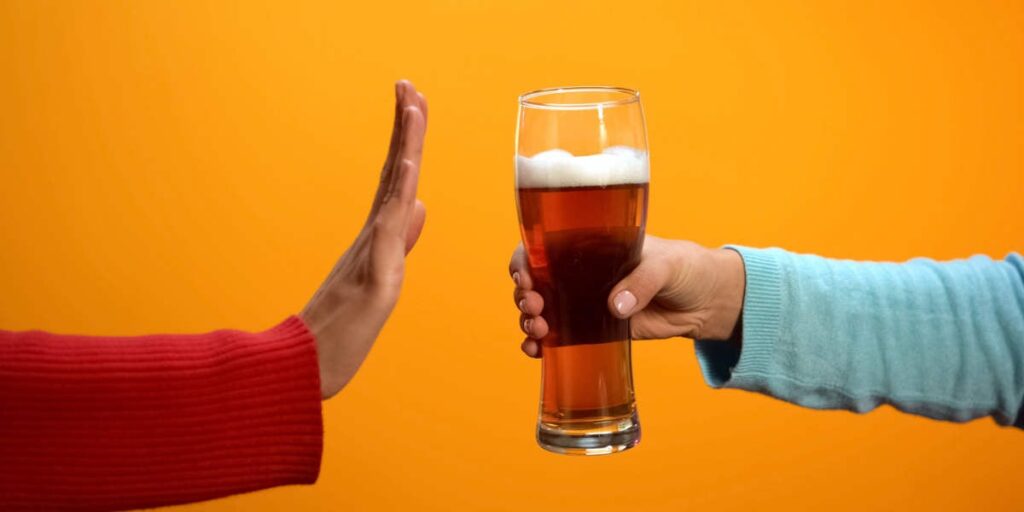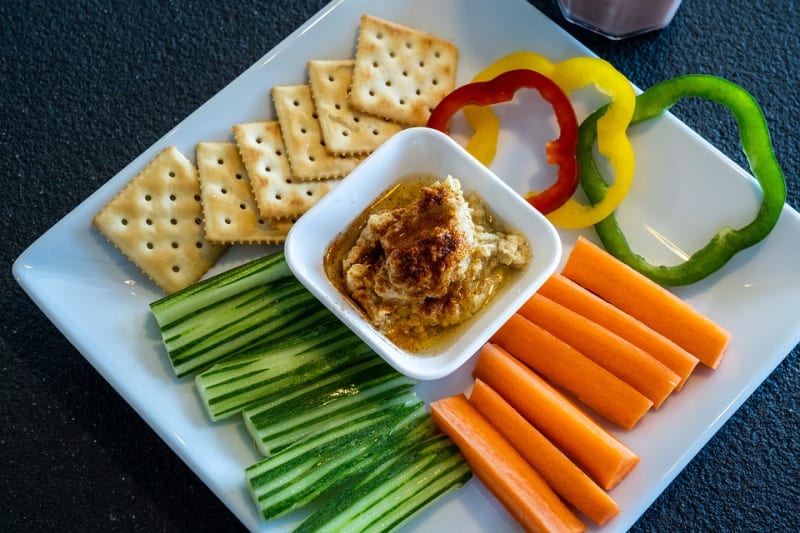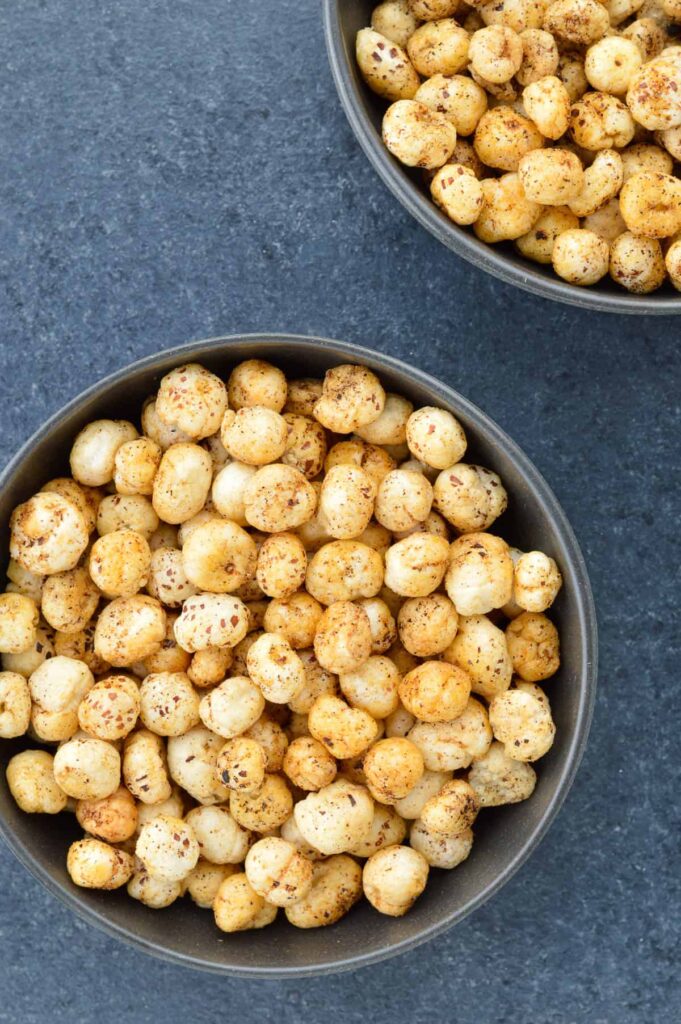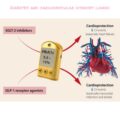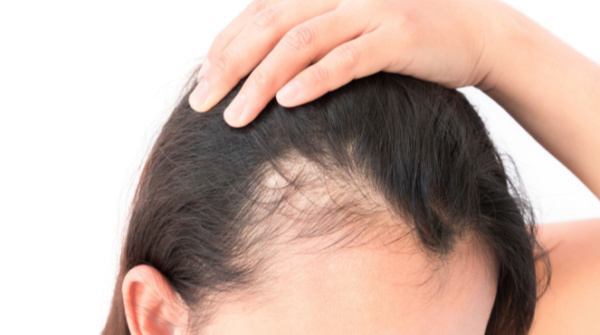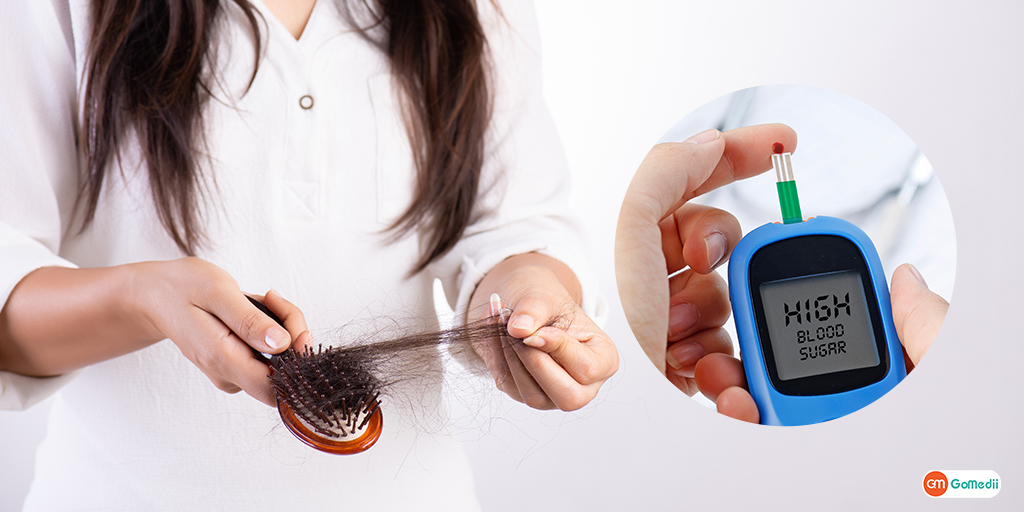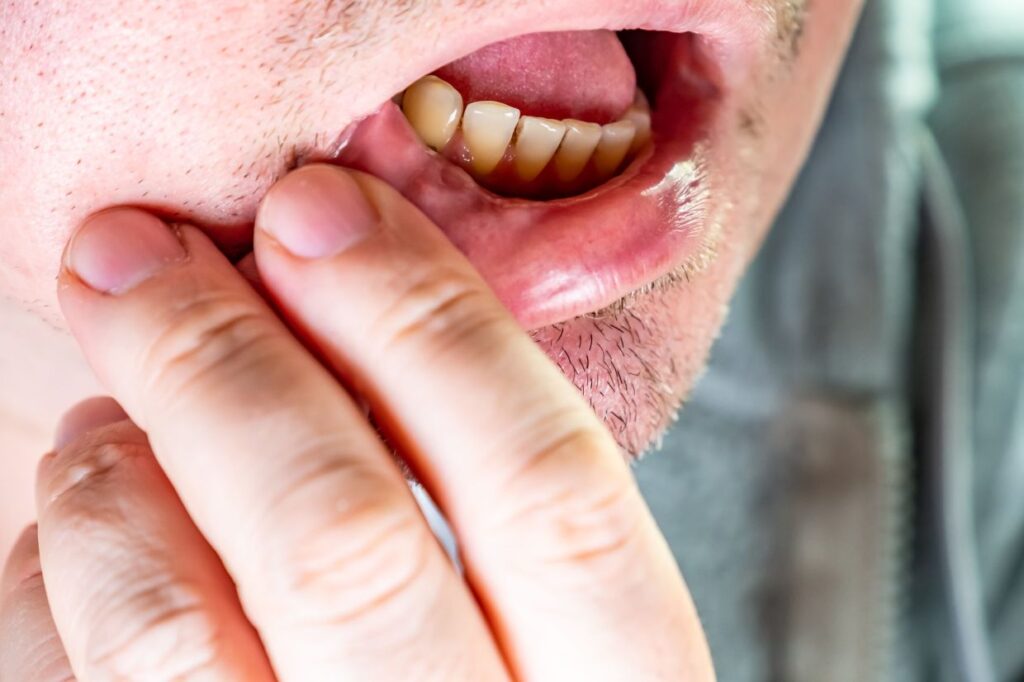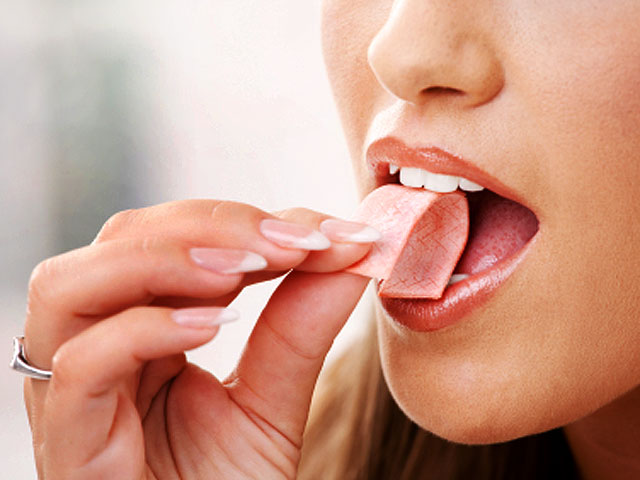“First you take a drink, then the drink takes a drink, then the drink takes you,” this famous quote from The Great Gatsby isn’t just true for alcohol but pretty much any sugary drink for diabetics. Diabetes is all about what you chew and what you sip. The American Diabetes Association (ADA) advises no-calorie or low-calorie drinks. The main motive is to avoid a blood sugar spike. So all my peers who are diagnosed with diabetes, be mindful of what you drink.
To help you out in choosing the right beverages for you, here is a list of the best and worst drinks for people with diabetes.
What to drink in diabetes?
● Water
Water is the driving force of nature and the human body. Water is neutral, it neither increases acidity nor alkalinity in the blood. It dilutes the blood to reduce a blood sugar spike. The recommended daily intake is 3.08 litres for men and 2.13 litres for women.
The National Academies of Sciences, Engineering, and Medicine advise drinking 12 ounces (355 ml) of fluid (such as water) per pound (450 grams) of body weight each day. Make sure your urine is a light yellow colour to monitor your level of hydration.
For each additional beverage you consume that contains caffeine or sugar substitutes, drink one 8-ounce (250 ml) glass of water. Sparkling water or the addition of fresh lemon or lime juice will make it tastier.
● Tea
Both normal black tea and herbal teas are elixirs for the body. Regular consumption of green tea may reduce your risk of type 2 diabetes. Green tea, white tea, oolong tea, and herbal teas—-chamomile tea, hibiscus tea, ginger tea, and peppermint tea—whether iced or hot, should be sugar-free.
Tea can be flavoured with lemon juice rather than sugar. But if you do need some sugar, science advises selecting stevia as a more natural alternative to artificial sweeteners.
● Vegetable juice
Fruits usually contain high concentrations of sugar. 100% fruit juice is 100% sugar. It can be your treat on a cheat day, but it cannot be a routine. Substitute fruit juices with vegetable juices like tomato juice, a cucumber blend, or a green spinach smoothie. Spice it up with a pinch of pink salt and pepper.
Vegetable juices give you all the essential micronutrients, fibre, and pigments.
● Low-fat milk and milk alternatives.
A cup of 1 percent milk (low-fat milk) contains 305 milligrams (mg) of calcium, or about 23% of the recommended daily intake, according to the U.S. Department of Agriculture (USDA). Whole milk, is high in carbs, so you need to stick to low-fat, unsweetened, skimmed milk. Avoid drinking more than 2-3 glasses of milk (250 ml) per day.
Dairy-free kinds of milk, like almond, oat, soy, rice, and coconut milks, are good substitutes. The unsweetened and preservative-free versions are sometimes fortified with calcium and vitamin D which are vital for the health of a diabetic.
But beware of the carb concentration when purchasing rice and soy milk, nut-based milk contains more protein as compared to them. Read the ingredient list, before choosing one!
Drinks to avoid in diabetes
Much like food restrictions, diabetics have restricted options in beverages as well. They have to restrict themselves from certain drinks that have harmful effects on their blood sugar levels and overall health.
Here is a list of the worst drinks for diabetics:
● Sodas and colas
Sipping on your favourite soda and fizzy colas all day long has similar effects as substance abuse. Yes, it’s as addictive and harmful as taking unprescribed drugs. They not only cause a sugar spike; they also make teeth sensitive and damage the liver and kidneys. Indulging in this guilty pleasure once in a while is acceptable, but not frequently!
● 100% pure fruit juices
Fresh fruit juices are not only tasty, but they are powerhouses of nutrients and fibre. Sadly, they are also high in fruit sugars and carbs, which do not make them ideal for diabetics. When you extract the juice, you lose the fibre in the fruit. This makes it nothing but a drink full of carbs and sugars.
So, attempt to eat whole fruit regularly and substitute your fruit juice with a vegetable or spinach smoothie.
● Energy drinks
Energy drinks should be removed from your list of beverages. These quick sips are loaded with caffeine and carbs; that’s precisely how they give you instant energy to continue your daily activities. These are known to spike blood sugar levels.
In addition to raising blood sugar levels and blood pressure, caffeine also disrupts sleep cycles by keeping you awake for longer periods of time and by keeping you alert and tense all the time.
As we know, all these factors are detrimental to the health of a diabetic.
● Diet soda
The term “diet” placed before “sodas” is more of a marketing gimmick. A study done in 2015 came up with serious complications that diet soda or diet soft drink consumption can cause. It puts the patients at a higher risk of developing obesity, hypertension (high blood pressure), coronary heart disease, stroke, and type 2 diabetes mellitus.
● Alcohol
Diabetes-related hypertension and neuropathy (nerve damage in the body) can be worsened by alcohol. Alcohol in moderate amounts causes a transient increase in blood sugar levels, but when taken excessively, it can initiate a sudden fall in sugar, which can cause episodes of hypoglycemia or diabetic coma.
Alcoholic drinks like beer are high in calories and can worsen diabetes related weight-gain. Alcohol often boosts appetite and makes you binge eat, which is detrimental to blood sugar levels.
Takeaway
Your main goal as a diabetic is to avoid foods that are high in refined carbohydrates, liquid sugars, refined grains, and unhealthy fats. Keep it straightforward when choosing a drink. Whenever possible, choose water. Unsweetened tea and other sugar-free beverages are also excellent choices. Remember, there is no such thing as a “diabetic diet”; it is all about properly portioned, timely, and healthy meals, and beverages. Indulgences and guilty pleasures can make a diabetic-life tough.
FAQ
Q. Which fruit juices are the best for diabetes?
- While 100% fruit juice isn’t recommended, due to its high content of sugars and carbohydrates, some fruits rich in vitamin C like grapes and berries can be blended and drank safely.
Q. Best Indian drinks for diabetes
- A quick trip to the best Indian homemade drinks for your diabetic family member.
- Black tea with no sugar
- Lemon honey mint green tea (unsweetened)
- Buttermilk
- Sattu sherbet
- Dry-fruit lassi
